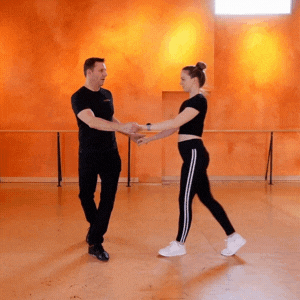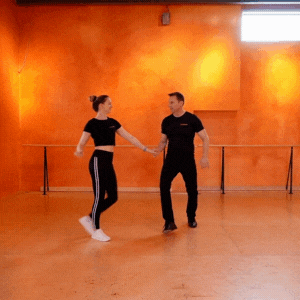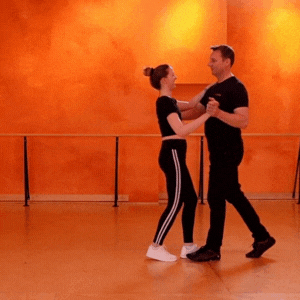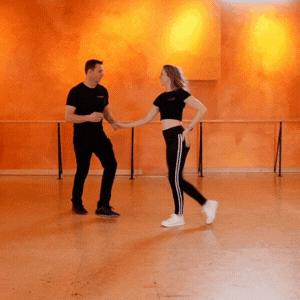Zouk Move Dictionary
an (under-construction) list of Brazilian zouk dance moves
Friendly reminder: These are not tutorials. This guide is meant to be a handy visual reference to help learn the names associated with common Brazilian zouk moves. It is not a substitute for learning how to do these moves in a class!
Bônus / Boomerang
The bônus (Portuguse for - you guessed it - “bonus!”) is a foundational zouk move that incorporates a traveling follower turn (typically) involving 1.5 rotations. Back in the zouk’s founding heydey, this move got its name for being a fun “bonus” move the instructors would teach their beginner students who were doing well.
It is sometimes also referred to as “boomerang” (although technically that name refers to doing this move without the hand connection, where the follower travels past, and returns to the leader, like a boomarang).
Ioiô (“Yo-yo”)
In Brazilian zouk, the “ioiô” (Portuguese for “yo-yo”) is characterized by the follower doing a traveling turn in towards the lead, then doing a traveling turn out in the other direction, just like a yo-yo unfurling then curling back up it’s string!
Passo Básico
(“Basic Step”)
The passo básico is our “basic step” in Brazilian zouk. Most commonly our basic step is danced pra frente e pra tras (“forwards and backwards”), but it can also be danced on the spot (aka in place).
Planada (“Glide”)
Planada comes from the Portuguese word planar, meaning “to float/soar/glide.” A planada is a single-footed turn where the leader rotates the follower on a stationary axis, helping them effortlessly float or glide through the rotation, almost as if weightless!
Soltinho (“Free Release”)
Soltinho comes from the portuguese word solto, meaning “free” or “released” - and you can see how in this move it is as if the follower is “released” from the lead. The move soltinho is characterized by alternating footwork between the lead and the follow as they orbit around a circle: the leader turns, then the follower turns (and this can continue indefinitely). The soltinho footwork is one of the fundamental movements of zouk, so it is a move that does not necessarily need the hands to lead, and can be led visually.
Traveling Tilted Turn
A “traveling tilted turn” refers to any turn where the follower’s upper body is tilted relative to their (vertical) axis of rotation (which is traveling down the line as they turn!). Note that the tilt is constant, meaning there is no head movement during the traveling turn (until the exit).
Viradinha
(“Little Turn”)
Viradinha comes from the Portuguese word virada, meaning a turn. Adding the diminutive -inha to the end of virada to make it viradinha changes the meaning to a “little turn.” You can think of viradinha as just an easy wee little turn :)







